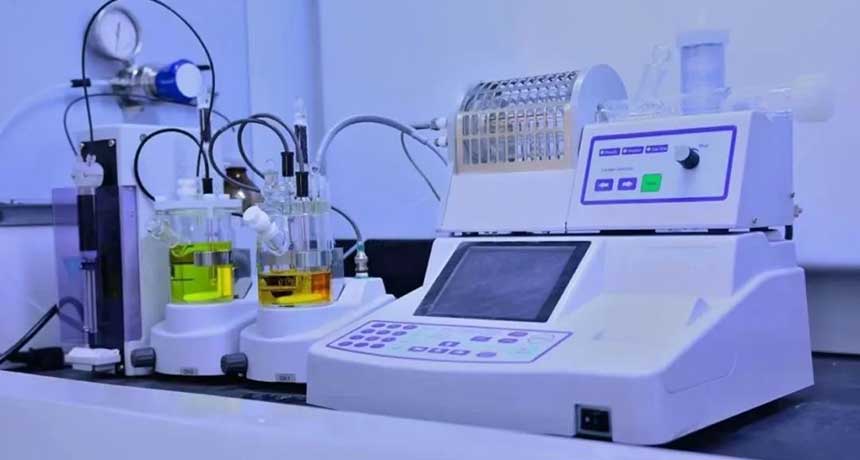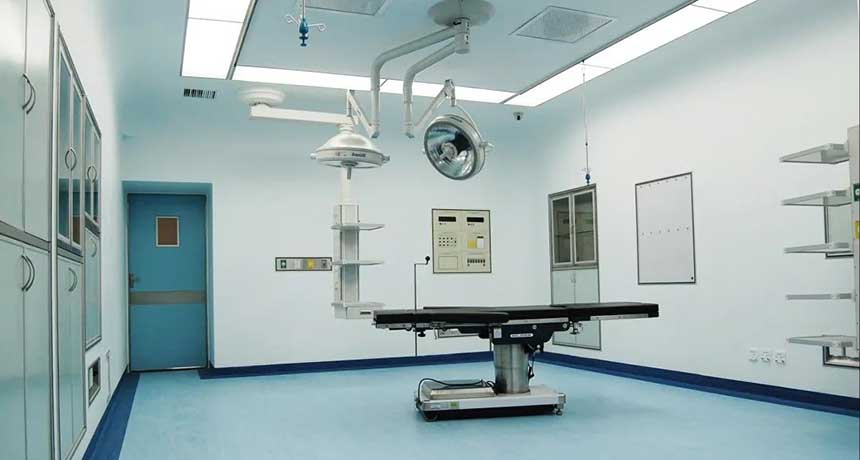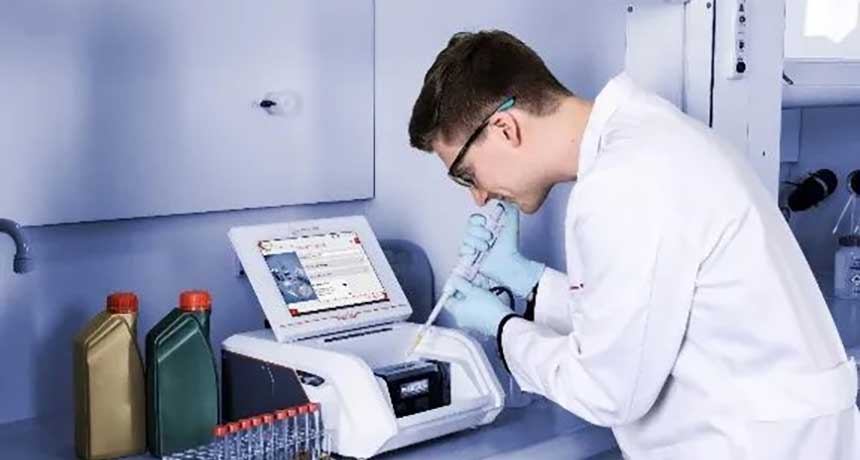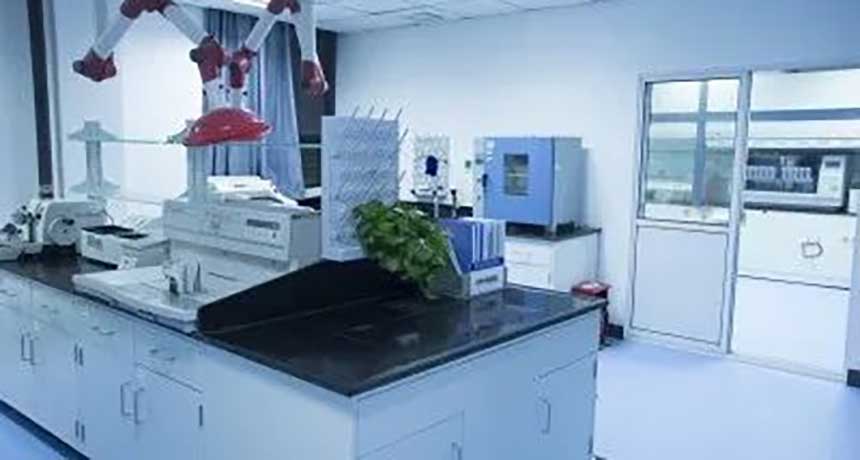The device used in medicine to directly observe the internal cavities of human organs is called an
endoscope, or endoscope for short. The development of endoscopic technology has become the focus of attention in the medical community. As a non-invasive inspection method, endoscopic technology introduces soft and flexible endoscopic instruments into the body to observe the condition of organs or tissues in the body in real time, providing doctors with more intuitive and accurate diagnostic information. The development of endoscope technology has gone through many stages, from the earliest rigid endoscopes to today's high-definition, digital flexible endoscopes, which continue to promote the progress of medical imaging diagnosis. With the continuous innovation of optics, digital image processing and artificial intelligence technology, the application of endoscopes in the medical field has been further expanded and deepened.
1. Development of digestive endoscopy
The English word "endoscopy" is "endoscopy", which originates from the Greek word. It is composed of the letters "endo" (meaning inside) and the verb "skopein" (meaning to observe). Its original meaning is to peer into the deep cavities of the human body. a way. Since Bozzini in Germany pioneered the use of candlelight as a light source and a thin iron tube to peer into the urinary tract in 1805, medical endoscopy has developed rapidly, and the process can be roughly divided into four periods.
Early rigid endoscope (1805-1932)
As early as 1805, Bozzini of Germany first proposed the idea of endoscopy, using candlelight to see the inner lumen of the rectum and urinary tract through the endoscope. In 1826, Segales in France produced the cystoscope and esophagoscope. In 1853, Desormeaux in France used a kerosene lamp with a mixture of alcohol and turpentine as fuel to observe the urethra, bladder, rectum, uterus and other organs. In 1868, Kussmaul of Germany made the first straight endoscope inspired by his performance of sword swallowing. It is made of a metal tube with a soft stopper at the tip, 1.3cm thick and 47cm long, and is illuminated by a Desormeaux lamp. Because the hard part is too long and the lighting is insufficient, the gastric cavity cannot be clearly seen.
After Edison invented the electric light in 1880, electric lamps or small electric beads were used as the light source for endoscopes. In 1881, Mikulicz made a 65cm long, 14mm diameter rigid tube gastroscope, with a 30? It is curved, has a small bulb installed at the tip, and has an air channel for gas injection. This idea makes endoscopy initially of practical value. However, this kind of rigid endoscope is not only very difficult to operate when examining the upper gastrointestinal tract with its curvature and changeable lumen, but also brings great pain and damage to the patient. In addition, the illumination of the external reflected light source of small electric beads or tungsten filaments is very low, so there are many blind spots in peeping.
Semi-flexible gastroscope (1932-1957)
In 1923, Wolf-Schindler developed the semiflexible lens gastroscope, which consists of a proximal rigid part and a distal flexible part, and is composed of 26 prism segments. Since most of the mirror body is bendable, the visible area of the gastric mucosa is greatly increased. Later, Henning and Eder-Hufford further made the rigid part of the Wolf-Schindler gastroscope thinner and increased the eyepiece magnification to facilitate observation. In 1941, Taylor installed a bending device on the operating part of the gastroscope, which allowed the end to be bent in both "upward" and "downward" directions, greatly reducing the blind area for observation. In 1948, Benedict installed the biopsy tube on the endoscope, further improving the performance of the gastroscope.
Regarding endoscopic imaging technology, as far back as 1939, Henning et al. successfully took color photos of the stomach for the first time. In 1950, Japan produced the first generation gastrocamera, which partially made up for the shortcomings of Schindler's semi-flexible gastroscope.
Fiberscope (after 1957)
Development history of fiber endoscopy
In 1957, Hirschowitz in the United States made the first fiberoptic gastroduodenalscope, which brought endoscopy into the development stage of fiber optic endoscopy.
Japan began to produce fiberoptic gastroscopes in 1963, installing a fiber beam on the original intragastric camera to create an intragastric camera with a fiberscope. In addition, a biopsy tube was added to the fiber gastroscope, a curved structure at the end of the fiber gastroscope was added, and cold light technology with a light guide beam connected to an external strong light source was adopted, finally bringing the fiber gastroscope into a more practical stage. After the 1960s, Japanese and American scientists made various improvements to the initial fiberoptic gastroscopy, such as increasing the brightness of the field of view, expanding the field of view angle, increasing the multi-directional bending control capability of the distal end of the gastroscope, adding biopsy and treatment channels, etc.; at the same time, Forward-looking and strabismus-type endoscopes have been developed from measuring gastroscopy, allowing the esophagus, stomach, and duodenum to be seen in one endoscopic examination. In 1963, Overhoet first developed the fiberoptic colonoscope and applied it clinically. In 1968, Mccune was the first to successfully intubate the duodenal papilla through a fiberscope and perform retrograde cholangiopancreatography (ERCP).
In recent years, the application of gastrointestinal endoscopy has evolved from a simple diagnostic function into the field of non-surgical treatment. Endoscopic high-frequency electrical resection of polyps, foreign body removal, esophageal variceal sclerotherapy, endoscopic duodenal papilla incision and stone removal, endoscopic bile duct internal and external drainage, esophageal stricture dilation, catheterization, and domestic The application of Nd-YAG laser and microwave in the treatment of digestive tract tumors, hemostasis, laparoscopic gallbladder removal and other treatment measures are not only available abroad. And it is gradually developed and applied in various parts of our country. In short, the application field of endoscopy, especially digestive endoscopy, has a broad world.
With the continuous innovation and improvement of endoscopic technology, medical imaging diagnosis has entered a new era, providing patients with safer and more accurate diagnosis and treatment services. In the future, with the application of new technologies such as artificial intelligence and virtual reality, endoscopy technology will continue to play an important role and bring more innovations and breakthroughs to the field of medical imaging diagnosis.






